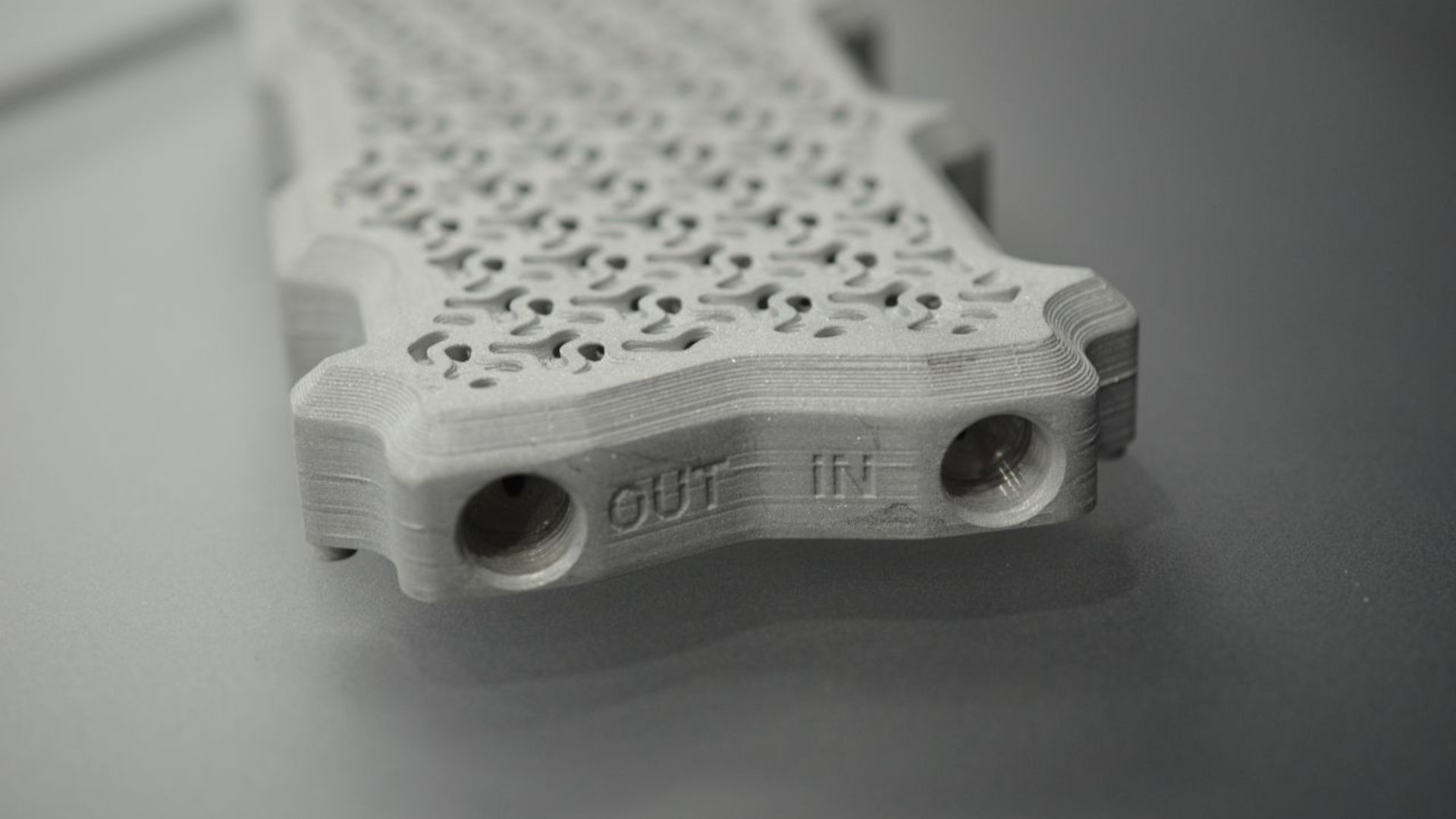
In recent years, CPUs and GPUs have transitioned from consuming minimal power to significant amounts, largely driven by the AI boom.
This shift demands innovative thermal solutions—some so aesthetically pleasing that they might be considered art. One standout example is Alloy Enterprises’ liquid cold plate designed for the Nvidia H100 AI superchip. Unlike traditional manufacturing methods that involve bolting multiple parts together, this cold plate is created using complex computer modeling through nTop software.
Alloy Enterprises states, “180-micron microcapillaries direct coolant with precision to regions of high thermal output…”
These cold plates are made from layers of aluminum, which are sliced and treated before being bonded together through a process known as diffusion-bonding. This technique ensures that the layers fuse into a single block, enhancing performance efficiency.
Currently, the Nvidia H100 GPU demands 700 W, while standard models like the RTX 5090 operate at around 575 W. Predictions indicate that future CPUs may require upwards of 4,000 W by 2034. For context, AMD’s EPYC 9965 processor peaks at 500 W, with expectations for future models to push this figure even higher.
As water-cooling solutions become necessary for high-power CPUs, companies like Alloy Enterprises and Microloops are likely to see increasing demand from AI system builders eager to optimize their systems. In the future, these advanced cooling methods might trickle down to mainstream gaming PCs, making cutting-edge thermal management accessible to all enthusiasts.
